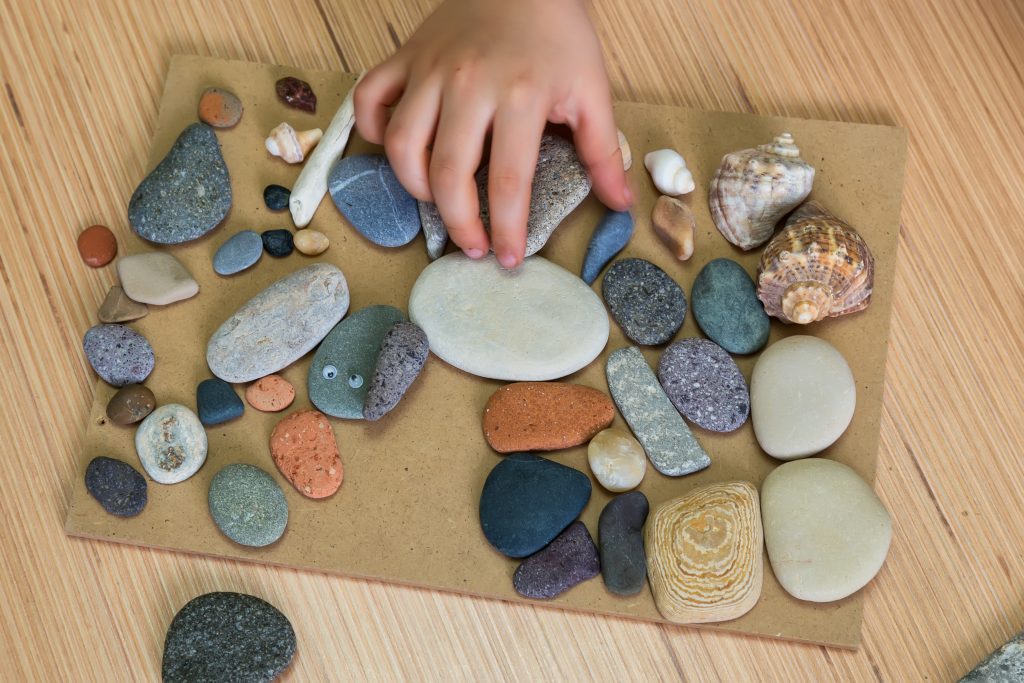
Scientists have some of the coolest jobs on earth. They spend all their days using technology to study and research diverse subjects, helping us better understand the planet we live on. Some scientists study space, while others learn all they can about old artifacts to display in museums. Other scientists do research outside, exploring the far reaches of the earth to learn more about the field they specialize in. One of these scientific fields is geology.
What Is Geology?
Geology is the study of the earth, ground, and rocks. The word geology comes from two smaller root words: geo meaning “earth” and –ology meaning “the study of.”
Geology is about more than just rocks. Geology is the study of our planet, precious gemstones like diamonds and rubies, and the layers of the earth upon which we live. Some geologists even dedicate their lives to studying dinosaur fossils. They use their knowledge of rocks to learn about all kinds of prehistoric species like tyrannosaurus rex and brachiosaurus.
What Is A Geologist?
A geologist is a scientist that studies geology. Bet you didn’t see that answer coming!
Quick: picture in your head what you think a geologist looks like. Did you imagine an old scientist with huge glasses and crazy hair locked up in a lab? Does he/she spend his days dusting off rocks and looking at them under a microscope? If this is what you pictured, you’re not totally wrong—but you’re also not completely correct.
Some geologists do spend their time in a lab, but this isn’t always the case. Many geologists go out on expeditions and research trips to study our planet in its natural habitat—nature. They spend their days hiking around outdoors, observing nature and testing scientific samples to learn more about the earth.
What Are Rocks And Minerals?
A rock is a solid object made of minerals found on earth.
The best way to explain rocks and minerals for kids is to think of minerals like puzzle pieces that work together to create a rock. These small, solid substances are found in nature. Iron, silver, gold, lithium, zinc, and cobalt are examples of minerals. Earth is made up of thousands of different minerals. During the rock cycle, minerals break apart and come back together to form all sorts of rocks.
What Is The Rock Cycle?
Whether we’re aware of it or not, rocks are always being formed, broken down into smaller pieces, then formed again. This is the rock cycle!
Think of the rock cycle like a little trip that rocks go on. They start on the earth’s surface, travel slowly down through the ground, and come back up millions of years later as a completely different kind of rock. There are three main types of rocks that emerge from the rock cycle: igneous, sedimentary, and metamorphic.
Igneous rocks are also called magmatic rocks. They are formed after a volcano erupts. The leftover lava and magma from an eruption cool and harden into a sturdy stone. Examples of igneous rocks include:
- Pumice
- Basalt
- Obsidian
- Scoria
- Tuff
Sedimentary rocks are made when layers of broken-down rocks pile up on top of each other. In a process called erosion, natural things like wind and water break rocks into smaller pieces. These pieces eventually make their way to rivers and lakes. When they reach these bodies of water, they sink down to the bottom and become sediment. Sediment is a thin layer of broken rock. Over millions of years, layers of sediment are pushed together until they harden into one solid rock. When you look at a sedimentary rock, the layers are usually visible. Examples of sedimentary rocks include:
- Sandstone
- Limestone
- Shale
- Flint
- Chalk
- Coal
Metamorphic rocks are made inside the earth. When sedimentary or igneous rocks break down, they sometimes travel deep down into the earth’s crust. It’s really hot inside the earth. This heat and the weight of the earth’s surface dissolve rocks and push them back together into metamorphic rocks. Some examples of metamorphic rocks are:
- Marble
- Slate
- Schist
- Gneiss
- Quartzite
How Can I Learn More About Geology At Home?
Geology is pretty cool, right? If you’re interested in learning more about geology at home, try some of these experiments—just make sure to ask for a parent’s help and permission before you get started.
- Make a homemade volcano with vinegar and baking soda
- Start a rock collection and keep track of all the cool rock types you find
- Grow your own salt crystals using only hot water, salt, and a string
- Make your own stalagmites with freezing cold water
- Learn about erosion by creating an erosion model
Whenever scientists finish experiments, they write down what they learned in a notebook or on their computer. You should do the same!
If you have a Troomi phone, you can record your findings using cool KidSmart® apps like ColorNote and Google Docs. Then you can take a picture with your phone’s camera and share what you learned with friends and family by sending a picture message. Click here to learn a little more about how smartphones from Troomi Wireless inspire kids to get in touch with their inner-scientist.
And happy rock hunting!
